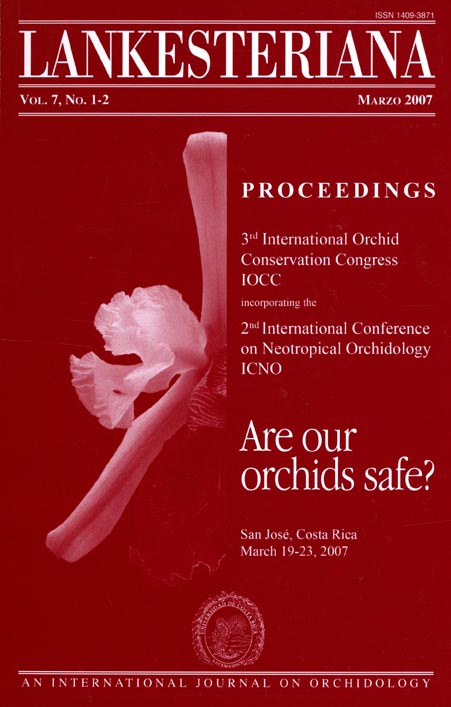Allotetraploid evolution in Dactylorhiza (Orchidaceae)
DOI:
https://doi.org/10.15517/lank.v7i1-2.19498Keywords:
Dactylorhiza, allopolyploidy, hybridization, ITS rDNA, gene conversion, plastid microsatellitesAbstract
One of the most perplexing problems in Western European terrestrial orchid taxonomy has been how to deal with the large numbers of taxa that have been described for the allopolyploid taxa, which are the products of hybridization between taxa in the Dactylorhiza maculata (L.) Soó group and the D. incarnata (L.) Soó group.
Downloads
Downloads
Published
How to Cite
Issue
Section
License
According to the Open Access policy promoted by the University of Costa Rica, all the papers published by Lankesteriana are licensed under the Creative Commons copyright and can be downloaded free of charge. The journal holds copyright and publishing rights under the CC BY-NC-ND 3.0 CR license.
Before the publication of the materials submitted by the author(s) in LANKESTERIANA, the author(s) hereby assign all rights in the article to the Lankester Botanical Garden.





